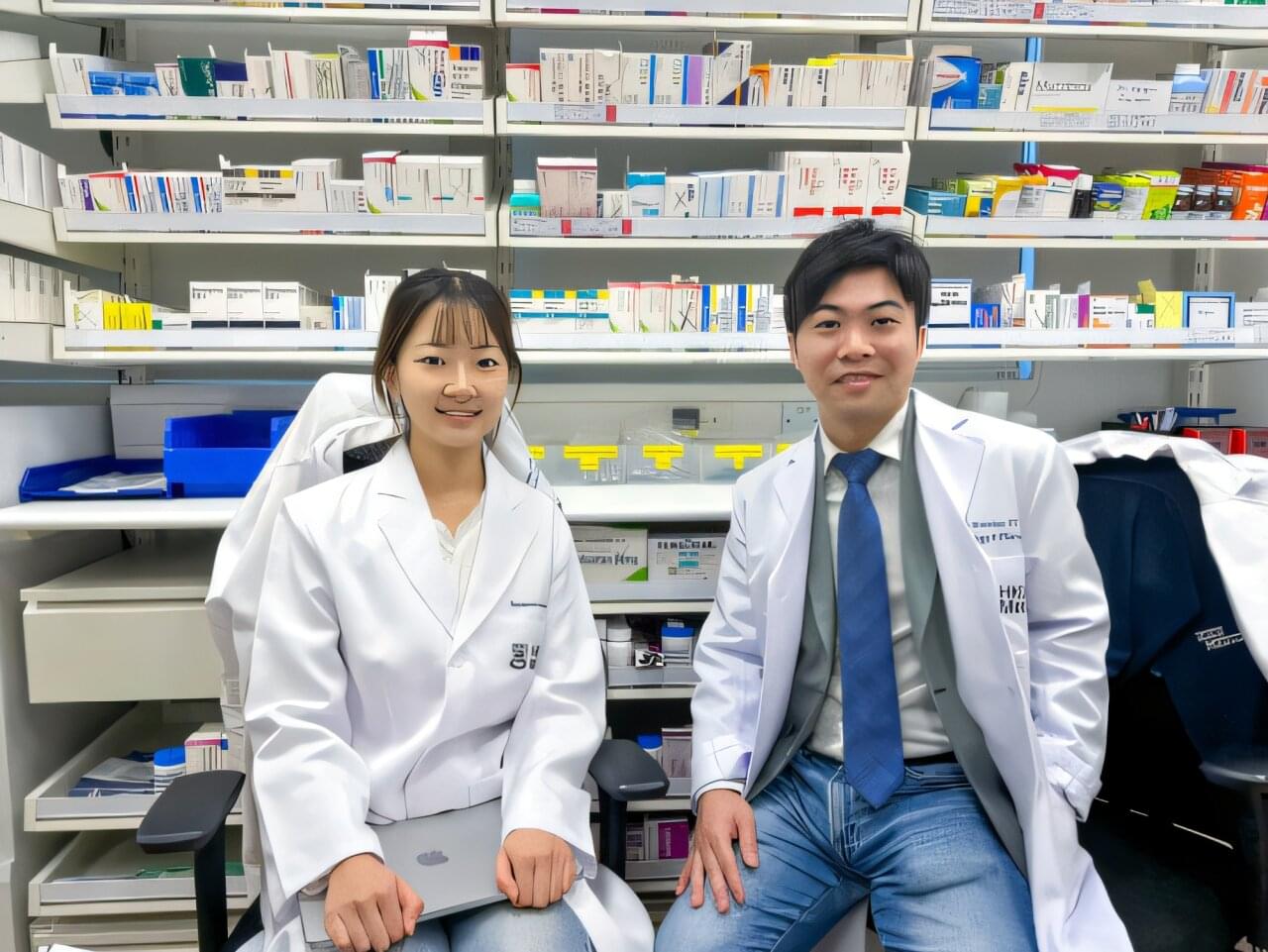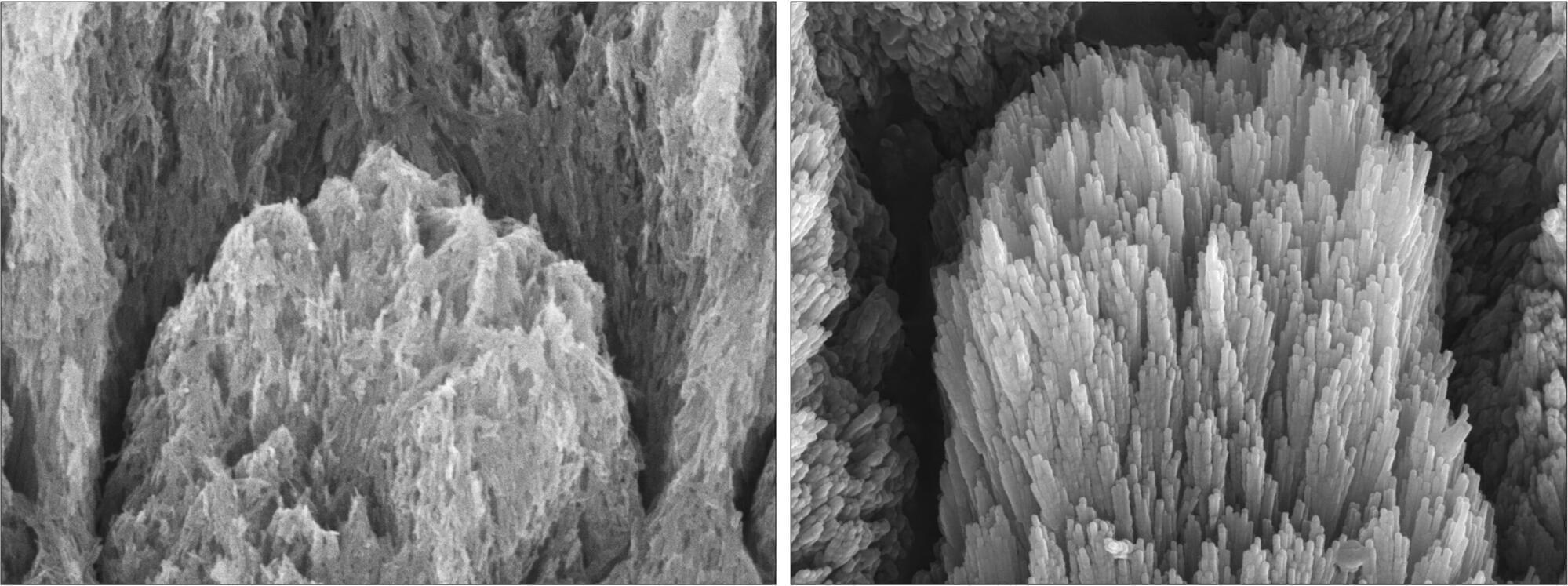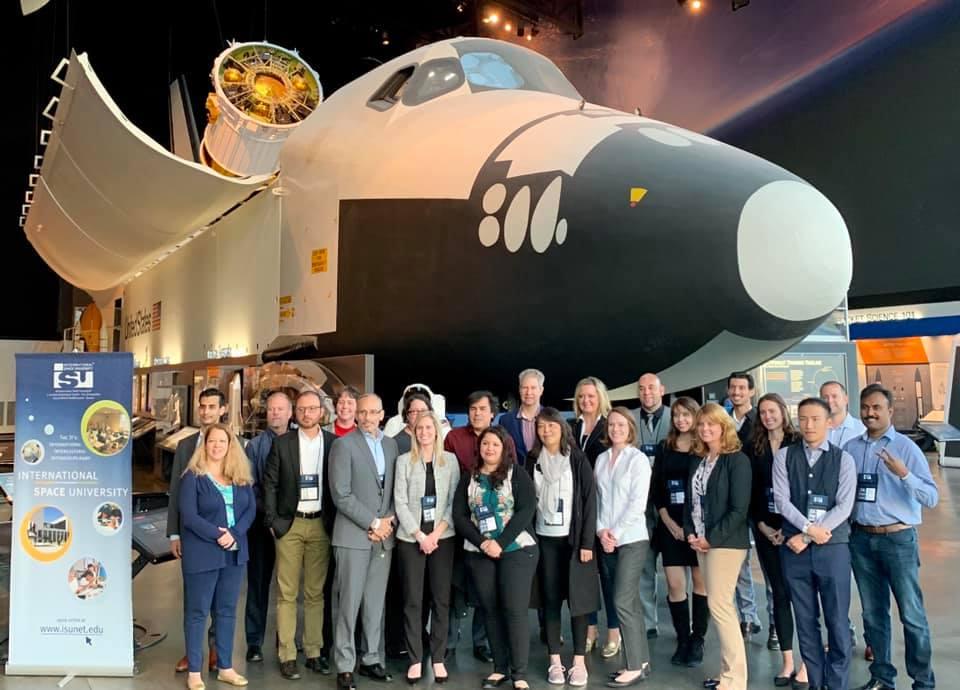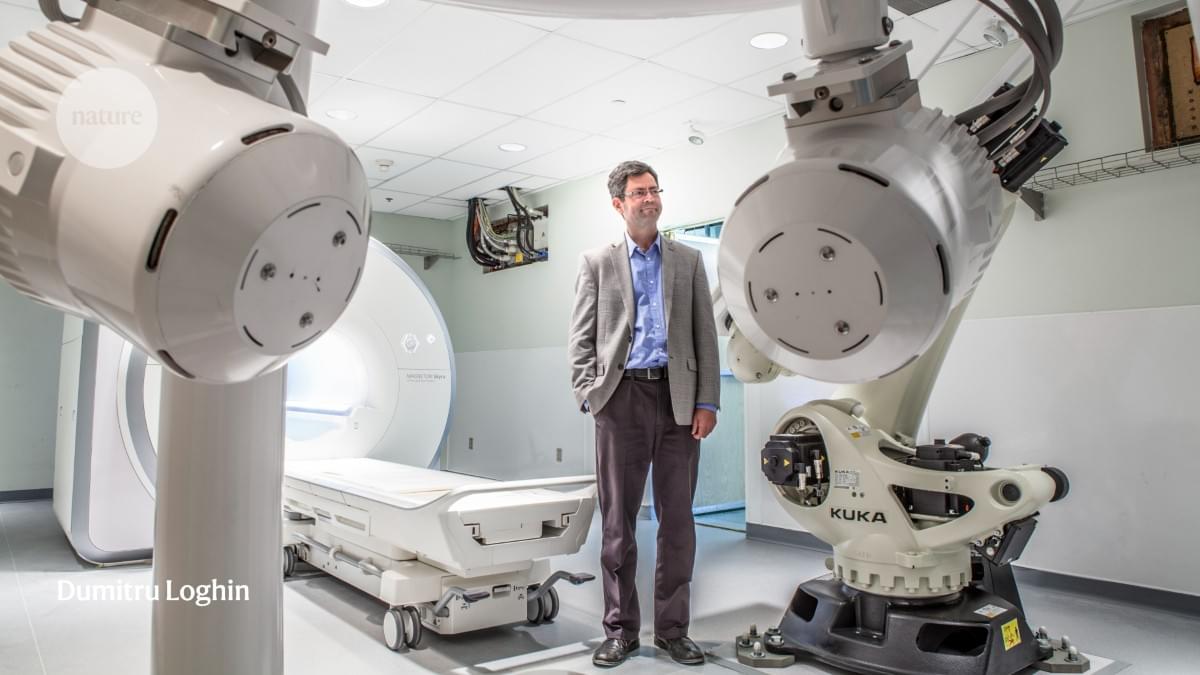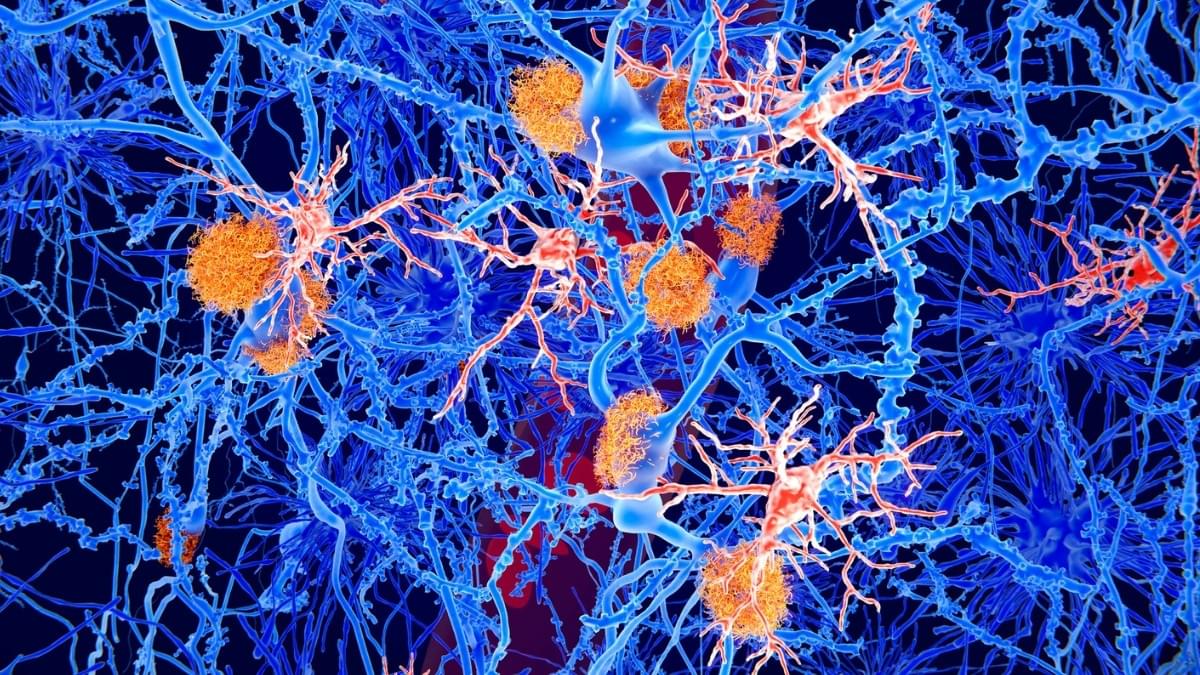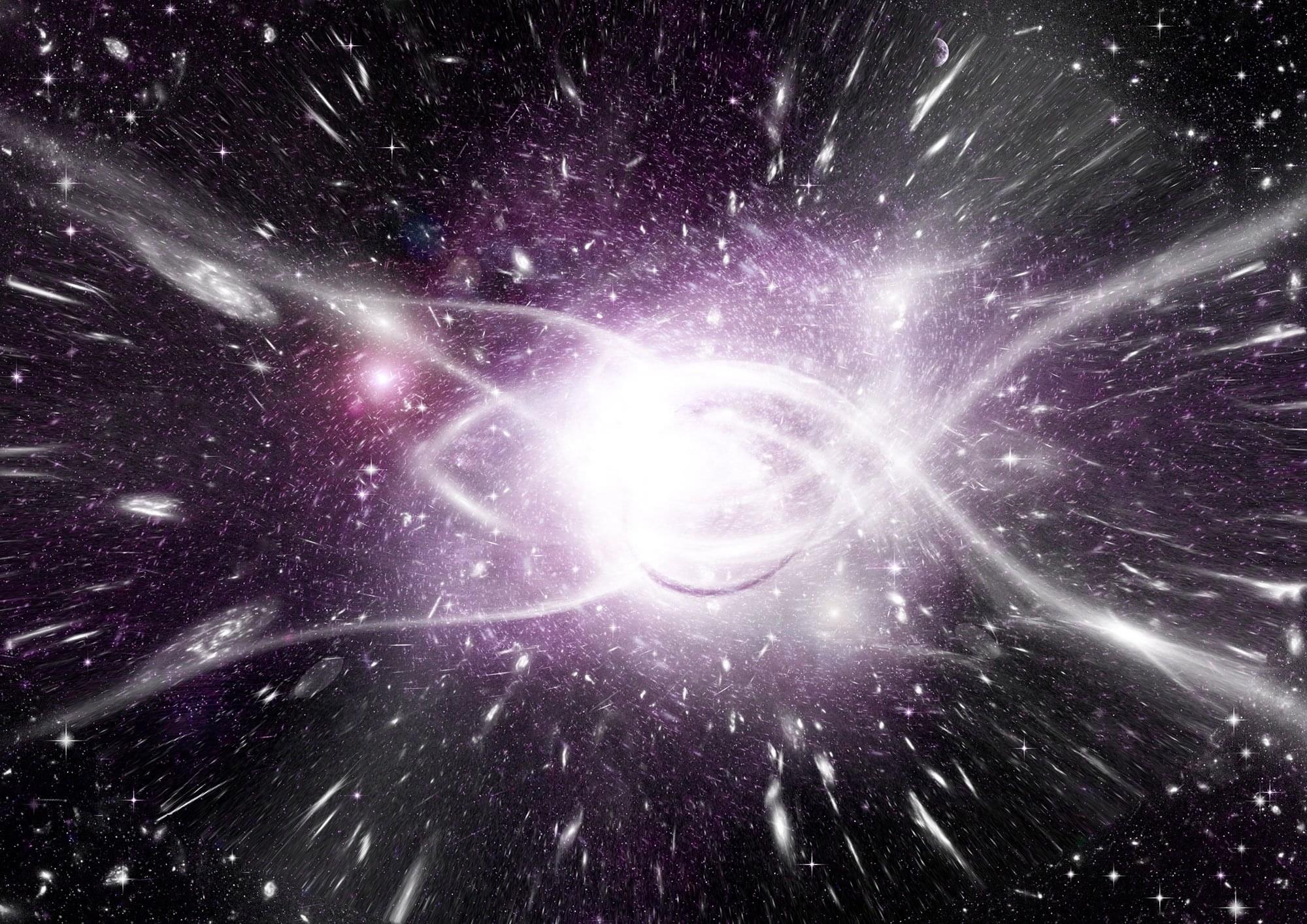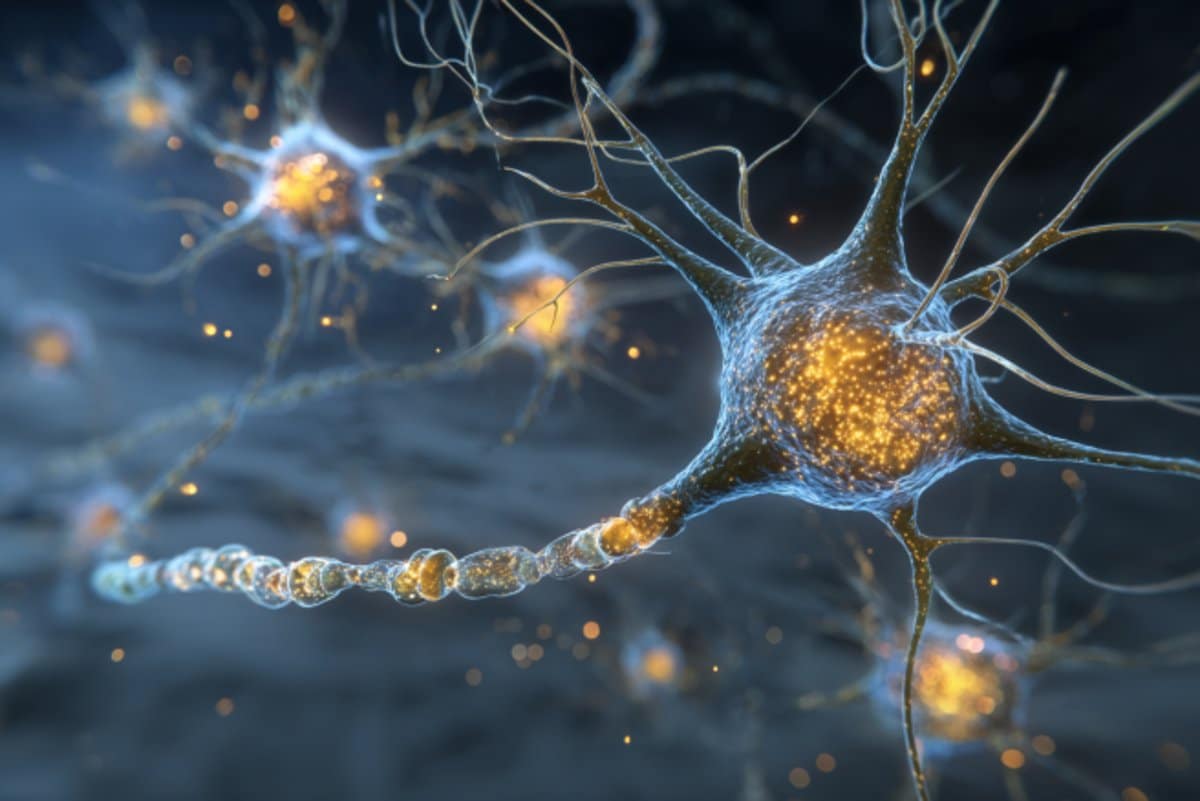Patients with severe mental illnesses, such as schizophrenia and bipolar disorder, often require long-term use of antipsychotic medications. Some of these drugs, however, can pose potential risks, such as elevated prolactin levels and compromised immune function. Previous studies have relied mostly on small or single-center data, making it difficult to accurately assess the true incidence of rare adverse effects.
Researchers from the LKS Faculty of Medicine at the University of Hong Kong (HKUMed), through multidisciplinary collaboration and rigorous epidemiological methods, leveraged territory-wide data from the Hospital Authority to conduct two internationally impactful studies. The findings were published in the journals World Psychiatry and The Lancet Psychiatry. These discoveries provide solid evidence for drug regulation and clinical practice and establish Hong Kong as a global leader in big data research on psychiatric medication safety.
